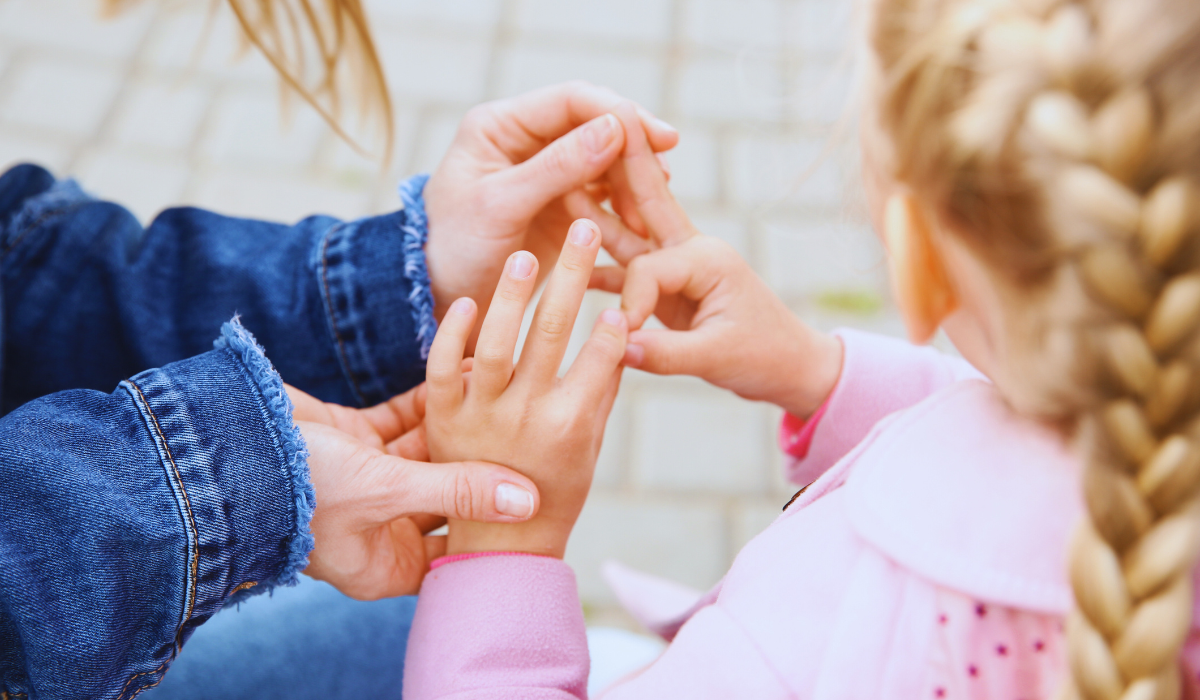The word “deafblind” may seem as if a person cannot hear or see at all. The term actually describes a person who has some degree of loss in both vision and hearing. The amount of loss in either vision or hearing will vary from person to person. The combination of losses limits access to auditory and visual information. This can severely limit an individual’s natural opportunities to learn and communicate with others.
There are many syndromes that impact vision and hearing, some of which are very rare and information can be challenging to find. About 50 percent of people in the deaf-blind community have Usher Syndrome. This is a genetic condition where a person is born deaf or hard of hearing, and loses his or her vision later. Other common causes include birth trauma, maternal infection, accident/ injury, and CHARGE syndrome.
What help is available?
DeafBlind Central (DB Central): Michigan’s Training & Resource Project, provides free services, year-round, for both families and professionals who support students who have combined vision and hearing loss from ages birth to 26. Specific support services are outlined on their webpage. If your child has a combined vision and hearing loss, or you suspect that they do, DB Central can provide valuable information to help your child learn, communicate, play, and grow.
The Michigan Department of Education – Low Incidence Outreach (MDE-LIO) is a valuable resource for families. MDE-LIO provides technical assistance and resources to enable local service providers to serve and improve the quality of education for students with a visual impairment or those who are deaf and/or hard of hearing including those with multiple impairments. Help available includes:
- Braille and other accessibility resources (Compensatory Skills)
- Independent living skills
- Events
- Orientation and mobility
- Assistive Technology
What about communication?
DeafBlind people have many different ways of communication. Often, someone who is DeafBlind has a variety of ways that they use to express and receive ideas and information. Communication can be visual (e.g., gestures, sign language, pictures, print), tactile (e.g., tactile sign, haptics, ProTactile, braille, objects), or auditory (e.g., speech, environmental sounds). People who are DeafBlind often use communication systems that are multisensory and include more than one approach.
What do I need to think about for the IEP?
Michigan has a specific eligibility category for deaf-blind. There are many supports and services that an individual who is deafblind may need to be successful. Accommodations and modifications are part of the IEP process.
Environments that promote communication and learning for children and youth who are deaf-blind should be structured to encourage movement, engagement, and interactions with others.
Is there some technology that can help my child learn?
Assistive technology is a related service listed in IDEA. Technology is a key to leveling the playing field for individuals with disabilities. Learn more on our Assistive Technology webpage.
Many types of technology and equipment are available for persons who are deaf-blind. Examples include mobility canes, closed circuit televisions (CCTV), Braille, Braille TTYs, TTYs with large print displays, and Braille or large print watches or clocks.
Where can I find support?
DB Central provides free services, year-round, for both families and professionals supporting someone who is DeafBlind ages birth through 26.
MDE-LIO Family Support BVI and DHH
What other organizations focus on deafblindness?
-
- DeafBlind Central
- Michigan Council of the Blind and Visually Impaired
- National Federation of the Blind of Michigan
- DeafBlind Services under BSBP
- Bureau of Services for Blind Persons
- National Family Association for Deaf-Blind
- iCanConnect.org
- Helen Keller National Center for DeafBlind Youths and Adults
- National Center on DeafBlindness


